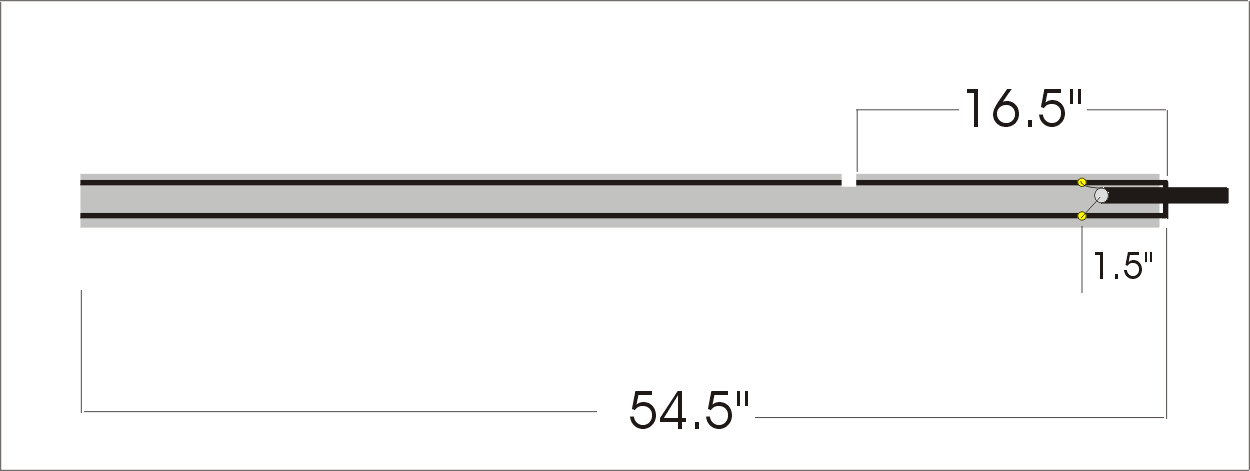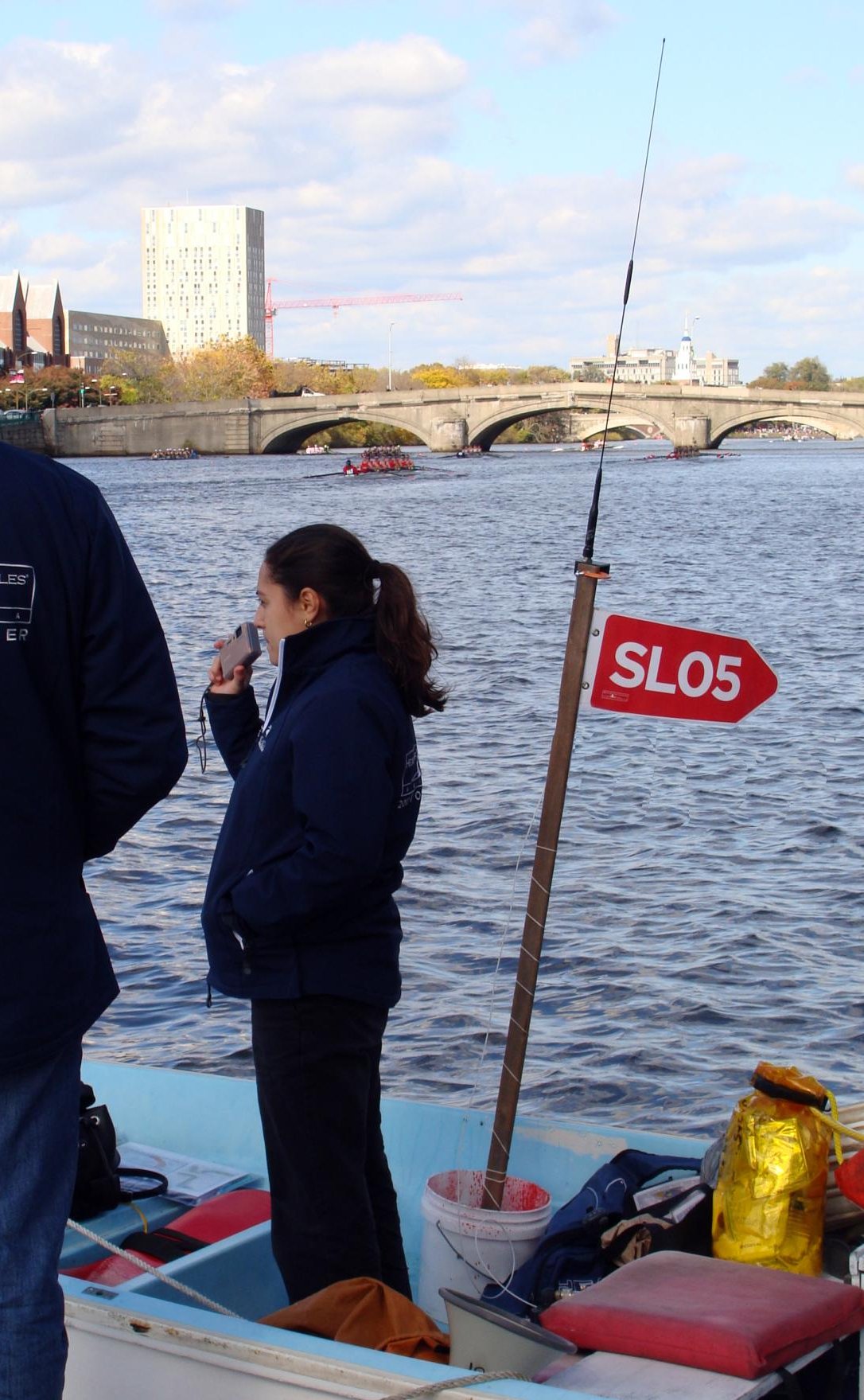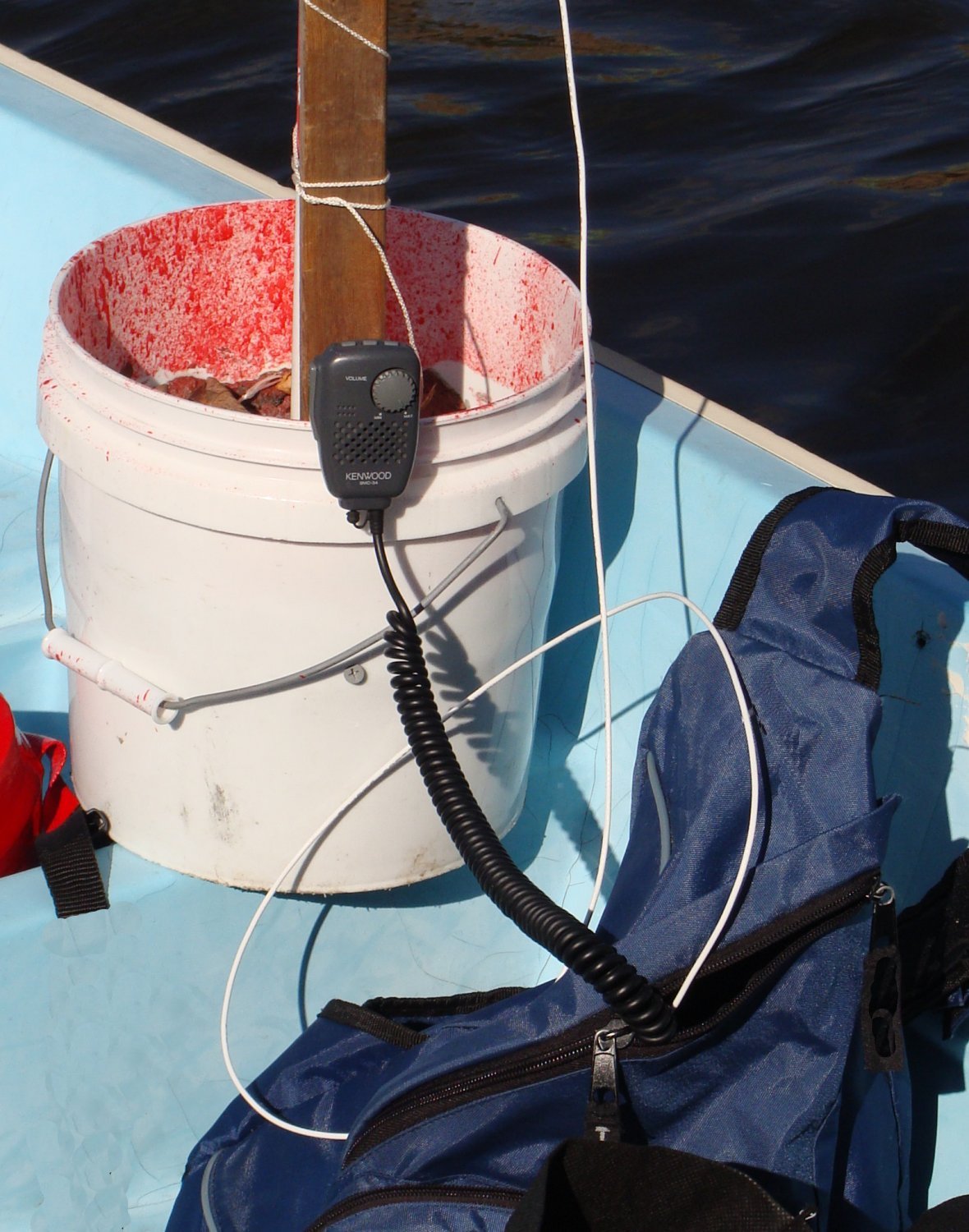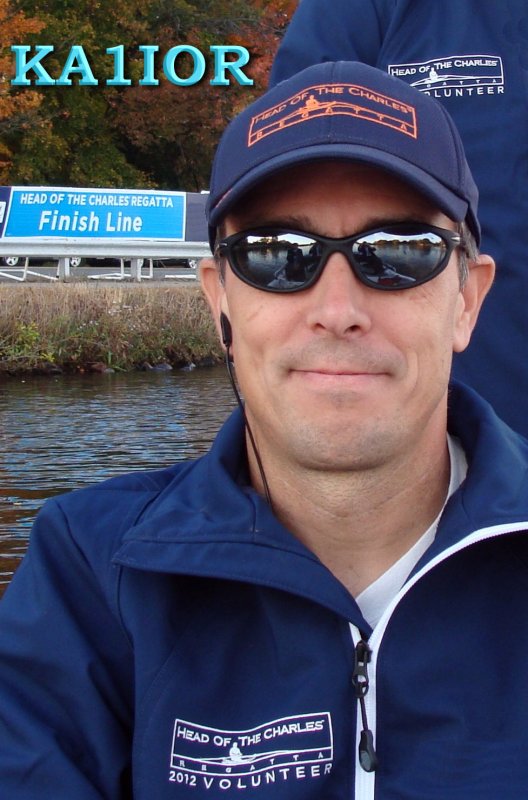As is often said, we are only as strong as our weakest link.
In order to do our part in network operations, we would ideally have a radio setup that hits the repeater used by the net with a strong and full-quieting signal and is modulated to a sufficient and appropriate level that our voice is clearly understood by others. In simplex operating, the performance level of our setup becomes even more critical. A further degree of complication to overcome is that we may have to be on the move, and sometimes we'll inevitably be in a "dead spot" where our signal won't get out as easily for a number of reasons.
Another important consideration is to verify that our modulation level is at least 60%. If you don't have a strong voice, be sure to keep the microphone close enough to your mouth that it keeps the modulation above 50%. Ask net control for their opinion on this when you check in at the start of the net if you aren't absolutely sure about your modulation level. From a fundamental standpoint, ensure that your rig is set for the proper split and PL tone if needed when operating through a repeater, as nothing will confuse net control more than only hearing the tail end of what you just said because you are simplex on the output of the repeater, and not getting through until after the repeater dropped its carrier. Also consider how you enunciate when you talk. If your voice has an accent that is from another region of the world, keep that in mind when you speak.
Ultimately, we come to the question that drives at the heart of the matter: What can I do to make my signal sufficiently strong enough and intelligible so that the others in the net have no difficulty understanding me? A common first response is "use more power." Indeed, this alone may solve the problem, but it may not be the best answer.
I propose that the most important factor is with the antenna. Try an
experiment with your handheld sometime on a clear simplex frequency: After
verifying there is no one in need of the channel, transmit with your HT's
flexible antenna on high power for at least 30 seconds, perhaps one minute.
Then after you stop transmitting, carefully check
to see if the antenna has become warm. (It might even be HOT.) If
so, I would suggest you get rid of that antenna and find one that doesn't
heat up. The heat is an indication that your signal isn't being radiated
out from the antenna, it's just being wasted on heating the antenna up.
For an extra measure of convenience and benefit, I also wear a second HT on my body with an earphone/lapel mic combination, and can monitor my transmissions of the primary setup from the speaker/mic HT using my earphone in the secondary radio. On receive, I can also hold the speaker/mic of the primary rig to my other ear if needed when surrounding ambient noise levels get too loud, allowing me to listen more closely with BOTH ears.
In this way, I also have some redundancy-- if I am momentarily unable to use the primary setup with the speaker/mic, I still at least have the handheld on my body and might have a chance of getting through. By using the primary setup for most of my transmitting, the battery of the secondary radio on my body will easily last all day.
Another antenna to consider would be a J-Pole. If you are stationed
at a fixed location and have a means to support one, the J-Pole is an excellent
performer. I used mine one year when I was assigned to a tent that had
a lot of big aluminum poles everywhere that rendered HT's useless. When
the net was over that day, one of the other hams dropped by and asked,
"OK, where's the Stationmaster
you're using?" He said NO ONE had ever been that clear and strong
from my location in the 5 years he'd been participating in the event. Here's
a diagram for the dimensions of my roll-up 2-meter/440 J-pole:

Another way to support the J-pole would be to enclose it in a piece of PVC. But if you do this, it will affect the resonant frequency in such a way that you'll need to shorten some length off the top of antenna and a tiny bit off the upper end of the 16.5" segment. The trade-off in putting the antenna in PVC would be that it is far less compact or transportable. Be prepared to experiment with a sacrificial prototype to learn the exact dimensions for your final version if you use the PVC.
Another support option would be to use some zip-ties to secure it to a wooden stick...
If possible, use "flooded" heatshrink tubing to seal the coax from moisture where it connects to the antenna at the lower end no matter which version you make. Flooded heatshrink uses a layer of hot-melt glue to seal the tubing in place. If you send me a 5"x7"SASE with postage for 4 ounces, I'l give you some of this heatshrink for free. I use a paint stripping heat gun to shrink the tubing, but you could put it in a 400 degree oven or hold it close to an electric stove burner on medium to shrink it as well.
The ARRL has a construction article for the J-Pole here:(PDF) http://www.arrl.org/files/file/Technology/tis/info/pdf/9409061.pdf This is an excellent project to try if you've NEVER tried building anything, ever. You'll get a lot of value for your time spent, and your HT signal will get a boost as well. Good luck!




